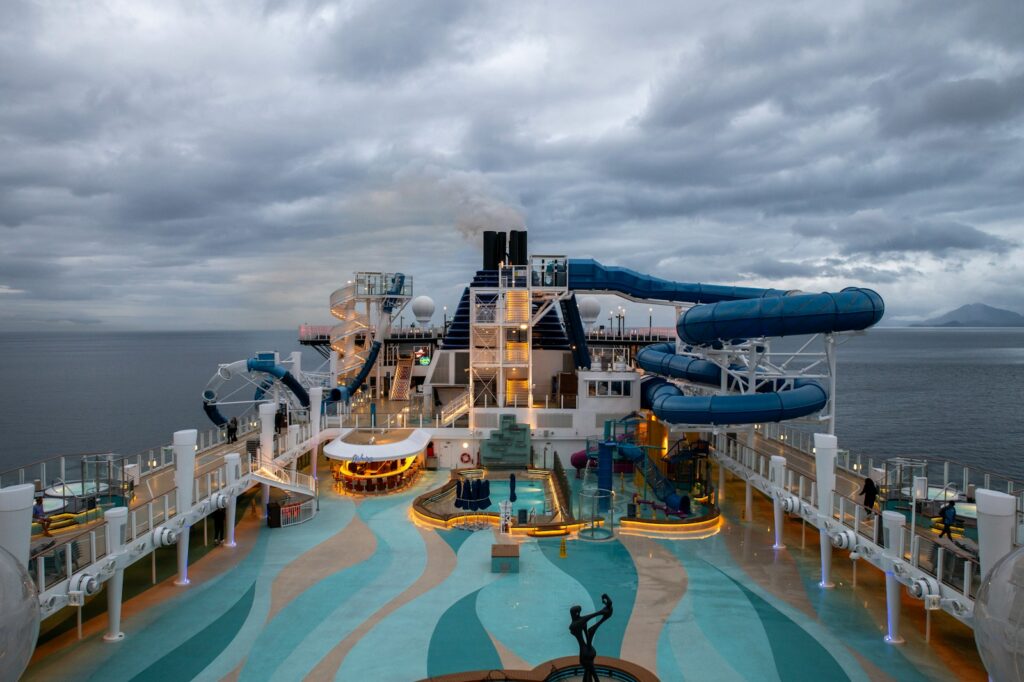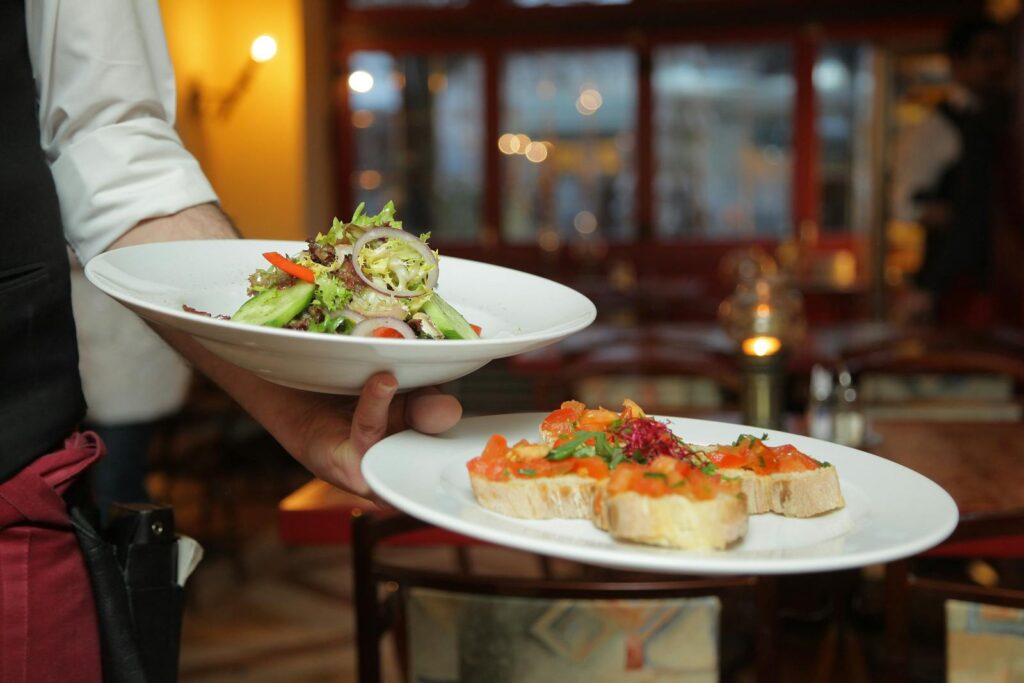
Taking your first cruise is an exhilarating prospect, promising unforgettable experiences and the thrill of exploring new horizons. However, the excitement of an upcoming vacation can sometimes be matched by an overwhelmed feeling, especially when trying to navigate the planning for your maiden voyage. You’re embarking on a journey where everything, from dining experiences to shore excursions and even the simple act of embarkation, operates a little differently than any other trip you’ve ever taken. It’s a unique world, and knowing what to expect can truly transform your experience from good to absolutely fantastic.
We understand this feeling perfectly. We’ve been there ourselves, stepping aboard our first cruise with little idea of what lay ahead. Over more than a decade of cruising and dozens of voyages, we’ve gathered a wealth of insider knowledge that we wish we had known from the start. These are the practical, useful, and actionable insights that will equip you with the confidence needed to truly enjoy your trip from the moment you set foot on the port.
From understanding the basic logistical details of cruising to uncovering savvy ways to save money, and much more, this comprehensive guide has everything you need to feel prepared and ready to embrace the magic of the open sea. Let’s dive into the essential tips that will make your first cruise vacation nothing short of spectacular.
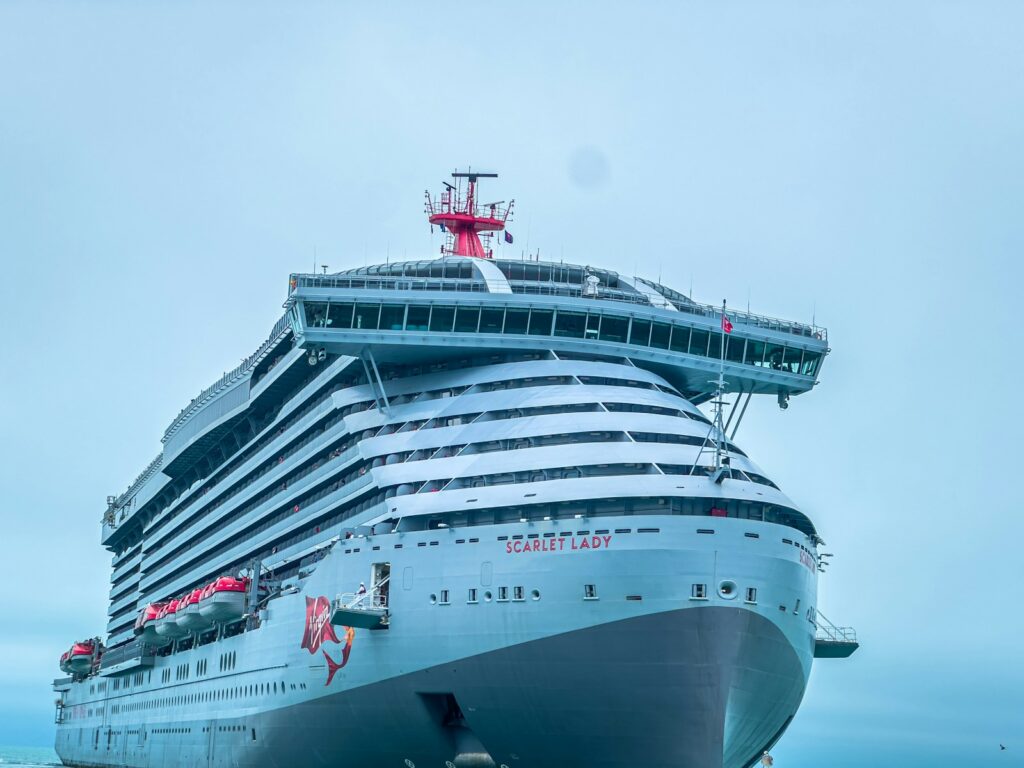
1. **Don’t Worry About Cash on Board; Everything Is Paid Through Your Room Key**
One of the most convenient aspects of life on a cruise ship is the ingenious system for managing your finances once you’ve boarded. As you go through the check-in process, you’ll be issued the key to your room. For those who opt to check in online ahead of time, this key might even be waiting for you in a sealed envelope right at your cabin door. This isn’t just a simple key; it’s a multi-functional card designed to streamline your entire onboard experience.
This “key” acts much like a credit card, directly linked to your shipboard account. Whether you’re indulging in a refreshing drink by the pool, purchasing a charming souvenir from one of the ship’s shops, or enjoying a specialty dining experience, you’ll simply use this card to charge items directly to your account. This eliminates the need to carry around cash or multiple credit cards, adding an unparalleled layer of convenience and security to your vacation. The only instances where you’ll typically need physical cash are when you disembark and are off the ship in port, where local vendors might prefer it, though credit cards are often accepted as well. Just remember to keep a close hold on your card, as it’s your primary means of payment and access on board!
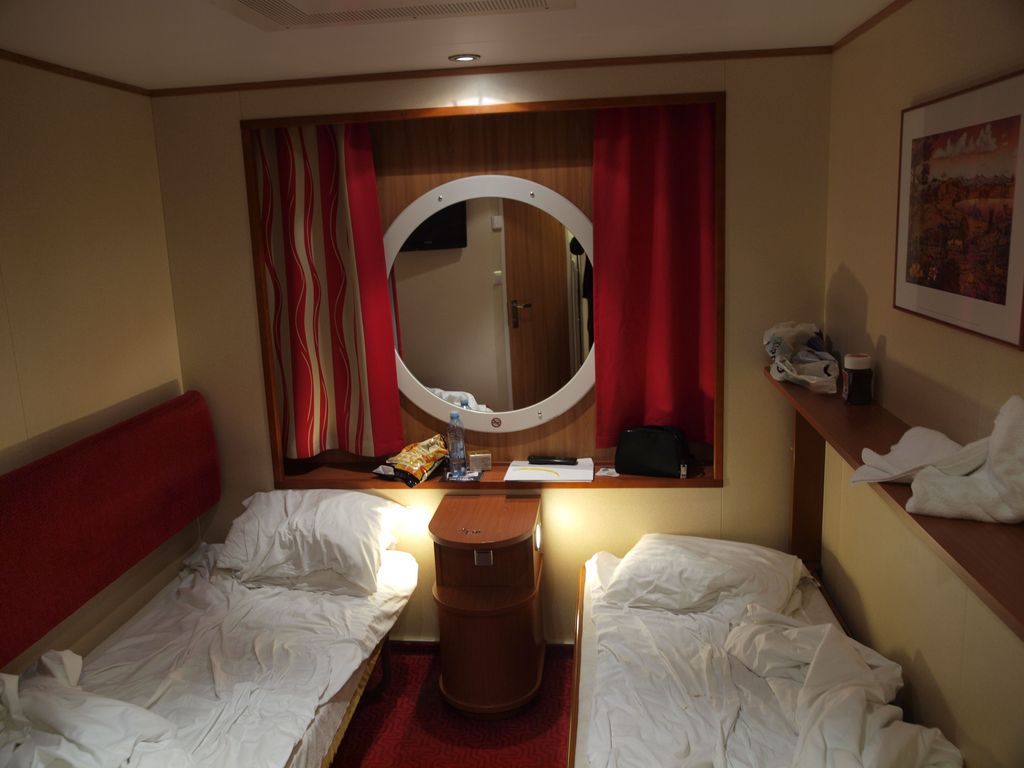
2. **Interior Cabins Are Fine For First-Time Cruisers**
When planning your inaugural cruise, one of the first decisions you’ll likely face is choosing your cabin type: should you opt for an interior cabin or splurge on a balcony room? It’s a common dilemma, but rest assured, interior cabins are a perfectly excellent choice, especially for first-time cruisers, and there’s no need to stress over the decision. Balconies, while certainly a luxurious addition, aren’t essential for a fantastic initial cruise experience.
For many first-timers, the ship itself is the main attraction, and you’ll likely find yourself spending very little time in your cabin. There’s a whole world to explore on board, from vibrant live performances to an array of restaurants, shopping opportunities, and captivating attractions. Choosing an interior cabin is a significantly cheaper way to get on your first sailing without breaking the bank. This allows you to allocate your budget towards other exciting experiences, such as thrilling shore excursions or indulging in delicious meals, rather than on a cabin you might only use for sleeping and getting ready.
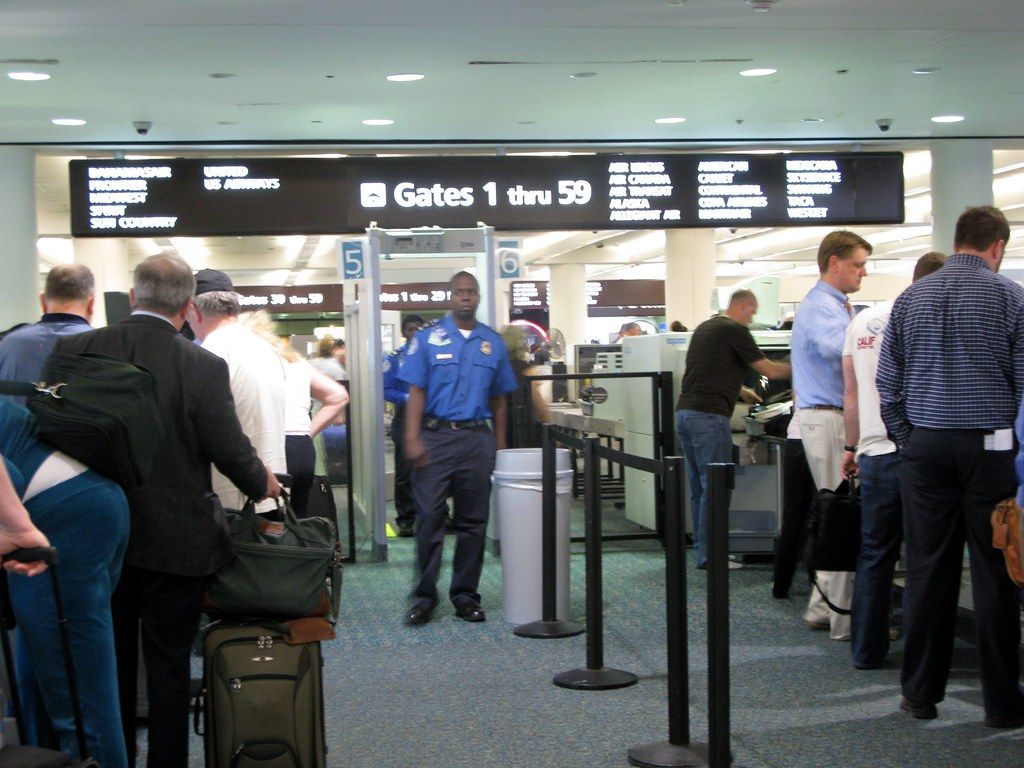
3. **What to Expect With Security at Check-In**
If the thought of intrusive airport security measures often turns you off from travel, you’ll be pleasantly surprised by the check-in process at the cruise terminal. Unlike the often-dreaded airport experience—where you’re required to empty water bottles, remove shoes, and undergo full-body scans—cruise security is remarkably more relaxed and efficient, reminiscent of how flying used to be. This means a smoother start to your vacation, allowing you to transition from land to sea with minimal hassle.
Upon entering the cruise terminal, you will pass through a security checkpoint that is straightforward and quick. You’ll simply step through a metal detector, and your bags will go through an X-ray machine, much like a simpler version of airport screening. Crucially, there are no highly intrusive screening measures such as pat-downs, and you won’t be asked to remove your belt or shoes. Furthermore, there are no limits on liquids, so you don’t have to worry about packing your toiletries in tiny containers. The entire security process takes just a few seconds, getting you onboard and into vacation mode swiftly and comfortably.
4. **Book Packages Ahead of Time for a Discount**
Any seasoned cruise passenger will tell you that one of the smartest ways to stretch your vacation budget and save some cash is by booking certain packages well in advance of your cruise departure. Services like drink packages and Wi-Fi, which are highly sought-after onboard amenities, are frequently offered at a discounted rate through your online account before you even set foot on the ship. This is a common incentive provided by cruise lines, encouraging passengers to commit to these purchases early.
While the cruise lines benefit from these early bookings, the savings for you can be quite substantial compared to purchasing these same services once you are actually on board. For instance, you might find enticing offers such as “buy one, get one 50% off” on drink packages, which represents significant value if you plan on enjoying beverages throughout your trip. If you know you’re going to use these packages anyway, taking advantage of these pre-cruise discounts is absolutely worth it. It’s a simple, proactive step that can lead to considerable savings, freeing up more of your vacation funds for other delights.
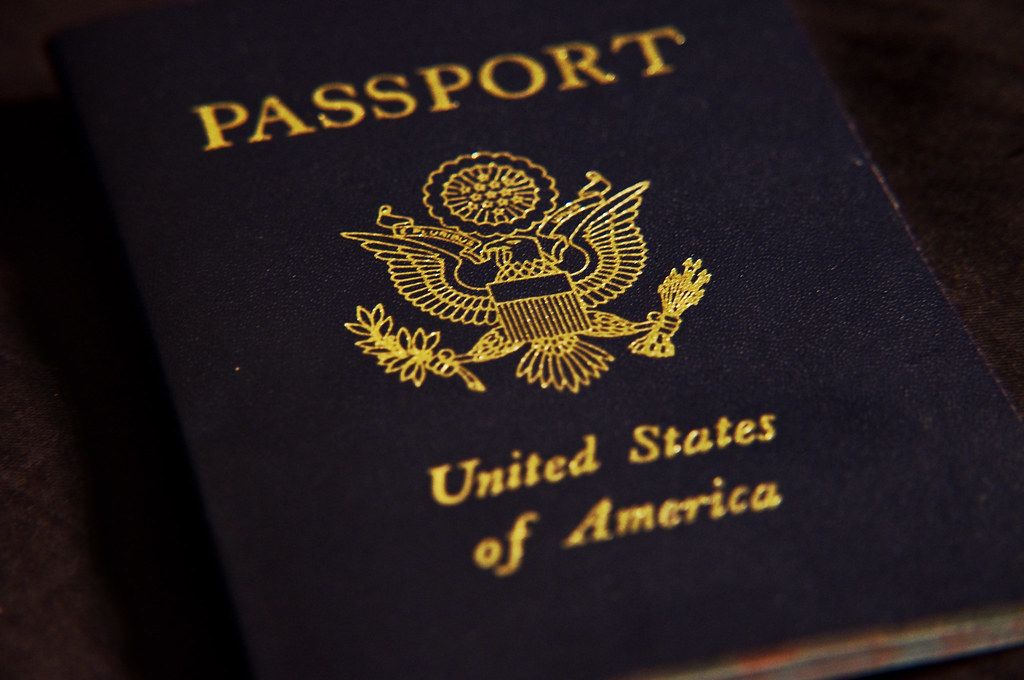
5. **Passports Are Better Than Birth Certificates**
One of the unique flexibilities that cruises offer, particularly for trips that begin and end in the same U.S. port, is the ability to sail with just a birth certificate and a photo ID. This can be a welcome relief for those who don’t possess a passport, as it means you can still experience international travel without the additional hassle and expense of obtaining one. It removes a potential barrier to entry for many first-time cruisers, making the dream of a cruise vacation more accessible.
Despite this convenience, it is overwhelmingly smarter to sail with a valid passport. A passport serves as an invaluable travel document that offers an extra layer of security and flexibility. Should an unforeseen emergency arise, requiring you to leave the ship early in a foreign country, having a passport is critical for re-entry into your home country. Furthermore, a passport can significantly streamline your return journey; many ports today utilize facial recognition technology matched with your passport, allowing for a swift and seamless re-entry process. Passengers with only birth certificates, by contrast, may still face longer wait times in line to be processed by a customs officer, highlighting the practical advantages of a passport for a truly smooth travel experience.

6. **Don’t Worry About Changing Money in Port**
For those embarking on a cruise to destinations like the Caribbean, it’s highly probable that your itinerary will include visits to several different countries, each potentially with its own distinct currency, all within a span of just a few days. The excellent news for first-time cruisers, and indeed all travelers, is that you absolutely do not need to concern yourself with the logistical headache of converting currencies at each and every port of call. This aspect of cruise travel is designed for maximum convenience.
Ports that are popular with cruise ships thrive on tourism, and as such, they are incredibly accommodating to visitors. Local vendors and establishments in these areas will readily accept U.S. dollars for your purchases, making transactions wonderfully straightforward. Moreover, many places will also happily accept major credit cards, providing even more payment flexibility. Our best advice is simply to bring a selection of smaller U.S. dollar bills for your port days. These are perfect for smaller purchases, tips, or local markets where cash might be preferred, ensuring you are all set to explore and enjoy your time ashore without any currency-related worries.

7. **Take Advantage of Drink Policies to Bring Things On**
Once you’re on a cruise ship, you’ll discover an abundance of enticing opportunities to spend money, from specialty coffees to unique souvenirs. However, savvy cruisers know that it’s equally important to seize any opportunity to save a bit of cash where possible. One excellent, often-overlooked way to do this is by taking advantage of your cruise line’s specific policies regarding bringing certain beverages onboard during embarkation.
For instance, major players in the cruising industry like Carnival and Royal Caribbean permit passengers to bring a limited quantity of non-alcoholic drinks onto the ship. Typically, this allowance is for up to 12 cans of non-alcoholic beverages per person. Considering that individual soft drinks can cost around $3-$4 each once you’re on the cruise, bringing a 12-pack can result in a significant chunk of savings over the course of your trip. Beyond the financial benefit, this policy also allows you to bring your absolute favorite non-alcoholic drink with you, ensuring you have your preferred beverage even if it isn’t served on the ship. It’s a simple, yet highly effective tip for enhancing your comfort and your budget.
As you navigate the exciting waters of your first cruise, understanding the nuances of onboard life and discovering clever ways to enhance your experience are paramount. From making the most of the ship’s incredible dining options to strategically managing your expenses and adhering to unspoken cruise etiquette, these additional insights will equip you with the knowledge to truly master your maiden voyage, transforming it from a mere trip into an unforgettable journey.
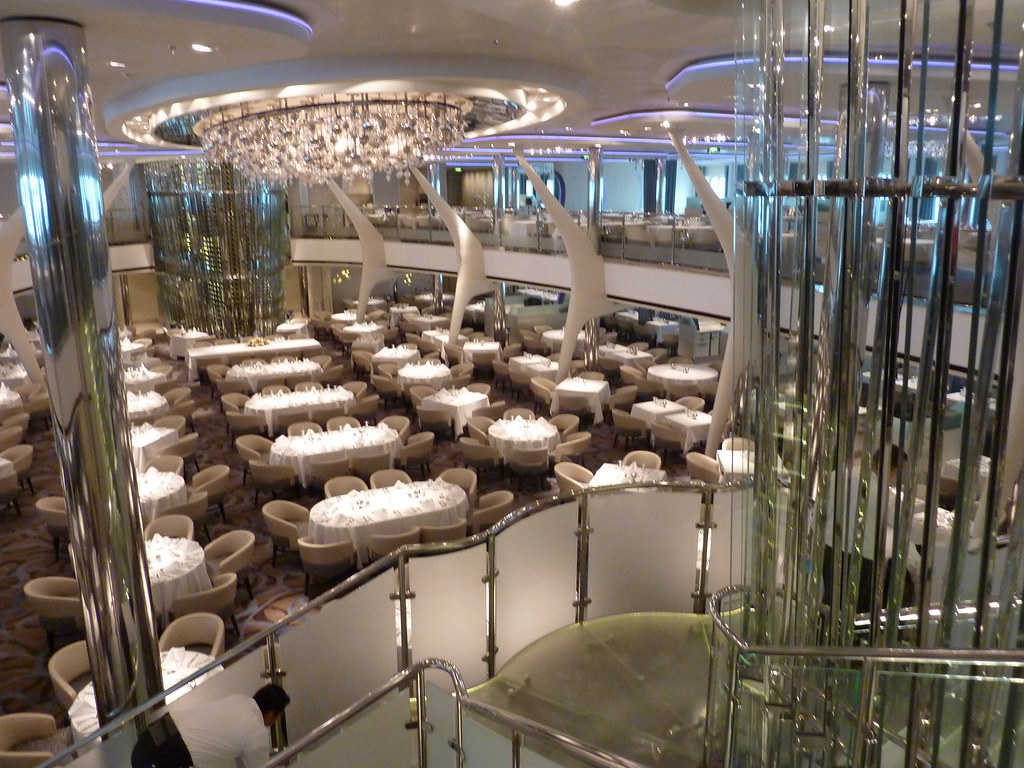
8. **Order Multiples in the Main Dining Room**
One of the delightful discoveries many first-time cruisers make is the incredible flexibility and generosity of the main dining room experience. It’s an aspect of cruising where the lines truly bend over backward to ensure your satisfaction. Unlike traditional restaurants on land where ordering multiple appetizers or entrees might raise eyebrows or incur extra charges, on a cruise ship, especially in the main dining room, you’re encouraged to explore. If you find yourself torn between two tantalizing appetizers or simply want to sample an extra main course, don’t hesitate to order both.
This unique approach to dining is a fantastic way to step outside your culinary comfort zone without any financial risk, as the food in the main dining room is included in your cruise fare. If a dish doesn’t quite hit the mark, there’s no loss, and you can simply move on to something else. This also extends to other meals; while many passengers gravitate towards the buffet for breakfast and lunch due to its speed, the main dining room often serves these meals as well, offering a higher quality and fresher experience, albeit at a slightly more leisurely pace. It’s a subtle but significant upgrade for those moments when you want to savor your meal.
This flexibility is a hallmark of the cruise experience, which is generally designed to offer the most relaxing time possible, complete with diverse dining opportunities. While most food is complimentary, it’s worth noting that some lines might impose a small fee for multiple entrees in specific situations, and specialty restaurants, distinct from the main dining room, typically come with an additional charge. These specialty venues offer unique culinary journeys not included in the general booking, providing yet another layer to the ship’s extensive gastronomic landscape.

9. **Yes, You Can Bring (Some) Alcohol on Board**
Cruise lines, fully aware that passengers look forward to unwinding with a drink, often set high prices for their onboard alcoholic beverages. This can quickly add up, turning your vacation budget into a runaway train. However, a clever way to curb these expenses is to take advantage of most cruise lines’ policies regarding bringing alcohol on board during embarkation. While these policies are typically quite restrictive, often limiting passengers to just one or two bottles of champagne or wine per person, it’s a saving opportunity too good to pass up.
Even a small quantity can significantly cut down on your drink expenses, as the cost of these beverages on the ship is notably higher than purchasing them beforehand. This strategy perfectly complements the cashless system aboard, where all onboard purchases are conveniently charged to your room key. By bringing your own permitted alcohol, you effectively reduce the number of times you’ll need to tap that key for a high-priced drink.
Furthermore, for those looking to further maximize their savings on drinks, consider enjoying beverages when you are off the ship in port. Many party bars near cruise terminals, especially in the Caribbean, offer enticing drink specials designed to draw in tourists. These can be substantially cheaper than equivalent drinks purchased from the ship’s bars, providing a refreshing way to enjoy local flavors while keeping your budget in check.

10. **Do the Math Before Booking the “All You Can Drink” Packages**
The allure of an “all you can drink” package is undeniable for many cruisers, promising boundless indulgence without worrying about individual drink costs. These packages can seem like an excellent deal on the surface, especially when offered at a pre-cruise discount. However, it’s crucial to delve into the fine print and do a bit of personal math before committing. The rules governing these packages can make them surprisingly expensive for many travelers, potentially leading to an expenditure that far exceeds your actual consumption.
One common stipulation is that if one person in a cabin purchases a drink package, all adult passengers in that cabin are often required to buy it as well. Additionally, you typically must purchase the package for the entire duration of your cruise, meaning you’re paying for it even on port days when you might spend most of your time off the ship exploring destinations where you might not utilize the ship’s bars. This continuous charge, combined with the often-high daily price of the package, means you generally need to consume between 7 to 10 drinks every single day to break even, let alone come out ahead. This is a significant consumption rate that not every passenger reaches consistently.
While booking packages ahead of time for a discount, as previously mentioned, can offer substantial savings compared to onboard prices, the fundamental math still applies. Moreover, it’s worth remembering that a standard gratuity, typically 18%, is usually automatically added to the cost of drinks purchased individually and often included in the package price. For many passengers, carefully tracking individual drink purchases and opting out of the comprehensive package often proves to be the more financially prudent choice, allowing them to allocate their vacation funds to other experiences rather than overspending on drinks they might not fully consume.

11. **Consider “Off-Times” for Smaller Crowds**
Modern cruise ships are engineering marvels, capable of hosting upwards of 5,000 passengers at a time, creating a vibrant, bustling environment. While these ships are expertly designed to distribute guests across numerous decks and venues, there are inevitably peak times when certain popular areas can become quite crowded. For instance, the pool deck on a sea day at noon is almost certainly going to be packed with sunbathers and swimmers, and the main dining rooms will be bustling at 7 p.m. during prime dinner hours.
However, with a bit of strategic planning, you can easily navigate these crowds and enjoy a more serene experience. The key is to leverage “off-times” when the majority of passengers are engaged elsewhere. For example, the pool areas often clear out considerably by mid-afternoon, even with plenty of sunshine remaining, offering a more relaxed atmosphere for a swim or lounge. Similarly, choosing to dine a little earlier or later in the evening can mean significantly shorter waits for tables in the dining rooms, allowing you to get in and out with ease.
This principle extends beyond just dining and pool decks. Services like Guest Services, which can see long lines during peak hours just before dinner, are often open 24 hours. Visiting them early in the morning before 8 a.m. or late at night after 9 p.m., or even in the middle of the cruise when embarkation/disembarkation crowds have dispersed, can lead to much shorter waits. Embracing these off-peak moments allows you to truly relax and make the most of the diverse attractions and opportunities available on the ship, from live performances to various shopping experiences, without feeling overwhelmed by crowds, contributing to the overall relaxing experience a cruise is designed to offer.

12. **Parking at the Port Is Convenient, But There Are Cheaper Options**
For those driving to their cruise departure port, the official port parking lots offer unparalleled convenience. Typically situated right at the cruise terminal, these lots allow you to unload your luggage and seamlessly transition to check-in, making the start of your vacation incredibly smooth. However, this premium convenience often comes with a significant price tag, as port authorities charge a considerable fee for the prime location and ease of access.
Savvy cruisers, always looking for ways to maximize their vacation budget, know that more affordable alternatives exist. By searching for independent parking lots located near the port, you can often find options that are nearly as convenient but offer a sharp discount compared to official port parking. These alternative lots almost invariably provide a complimentary shuttle service, whisking you directly to your ship’s check-in point. This small proactive step can lead to substantial savings, freeing up more of your funds for other aspects of your trip, such as shore excursions or onboard indulgences.
This choice aligns perfectly with the goal of finding a cheap cruise, where simplifying certain aspects, like transportation and parking, can significantly reduce overall costs. While cruise lines also offer transfers from the airport to the port, these are often expensive and operate on rigid schedules, further highlighting the value of exploring independent, more flexible, and cost-effective alternatives for your pre-cruise logistics. Considering that an Uber for a 15-minute trip could be significantly cheaper than a cruise shuttle for a family, the savings on parking through independent lots become even more compelling, contributing to a truly affordable cruise experience.

13. **Many Hotels Offer Free Cruise Parking**
If your cruise itinerary necessitates traveling to your departure city a day early, staying at a hotel the night before can transform a potentially stressful embarkation day into a relaxed and enjoyable start to your vacation. For those driving, this pre-cruise stay offers an excellent opportunity to save money on parking, a significant expense. Many hotels, particularly in smaller, cruise-centric port cities like Galveston, offer special ‘Park & Stay’ packages or simply provide free parking as an incentive for cruise guests who book a night with them.
This strategy is an easy way to bundle your accommodation with your parking needs, leading to a substantial saving that could otherwise be spent on daily parking fees at the port. It’s a particularly beneficial option if you had already planned to stay in the area the night before, perhaps to explore the city or simply to avoid the rush of a same-day arrival. However, it’s wise to assess whether the cost of an extra night’s stay is truly offset by the free parking if you weren’t planning to stay anyway, as it might not always be the most economical choice in that scenario.
Nonetheless, for many, this perk provides incredible value and peace of mind, knowing their vehicle is securely parked while they enjoy their time at sea. This kind of thoughtful pre-booking and attention to detail, much like looking for the best cruise deals on platforms where you can easily sort by price, helps ensure that your entire cruise experience, from start to finish, is as affordable and stress-free as possible.
14. **There’s No Bill to Sign (or Tip to Leave) in the Dining Room**
Tipping is an integral part of the cruise experience, but unlike many land-based services where you might feel the immediate pressure to calculate and leave a gratuity, cruise lines have largely streamlined this process. Most lines now automatically include gratuities with your cruise fare or apply a daily charge to your onboard account. This means that for meals enjoyed in the complimentary restaurants, such as the main dining room and the buffet, the tipping is already taken care of. This can feel surprisingly liberating for first-time cruisers; once you’re done with your delicious meal, you simply get up and walk out, with no bill to sign or additional tip to worry about.
This automatic system is a testament to the seamless and convenient financial management aboard the ship, building on the cashless environment where your room key serves as your primary payment method. It ensures that the dedicated crew members who work tirelessly to enhance your dining experience are appropriately compensated without adding an extra layer of complexity to your daily interactions. This also aligns with the understanding that food is typically free in these main dining venues, making the experience truly all-inclusive in that regard.
It’s important to distinguish this from the ship’s specialty restaurants. These are distinct dining venues that typically incur an additional fee, offering a more exclusive culinary experience. When dining in these establishments, you will indeed be presented with a bill to sign, and a gratuity is usually already tacked onto the price. This practice ensures transparency while still covering the service charge. Knowing these distinctions about tipping and payment, especially when combined with the general advice to double-check itemized receipts to avoid accidentally tipping twice, ensures you navigate your onboard finances with confidence and ease.
Embarking on a cruise is truly a journey like no other, a unique blend of adventure, relaxation, and exploration that consistently delivers memorable moments. With these practical insights and wisdom, you’re not just boarding a ship; you’re unlocking a world of effortless travel and incredible experiences. From understanding the ins and outs of onboard finances to mastering the subtle art of navigating ship life, you’re now well-equipped to embark on your maiden voyage with confidence, ready to embrace the magic of the open sea and create stories that will last a lifetime. Bon voyage!

